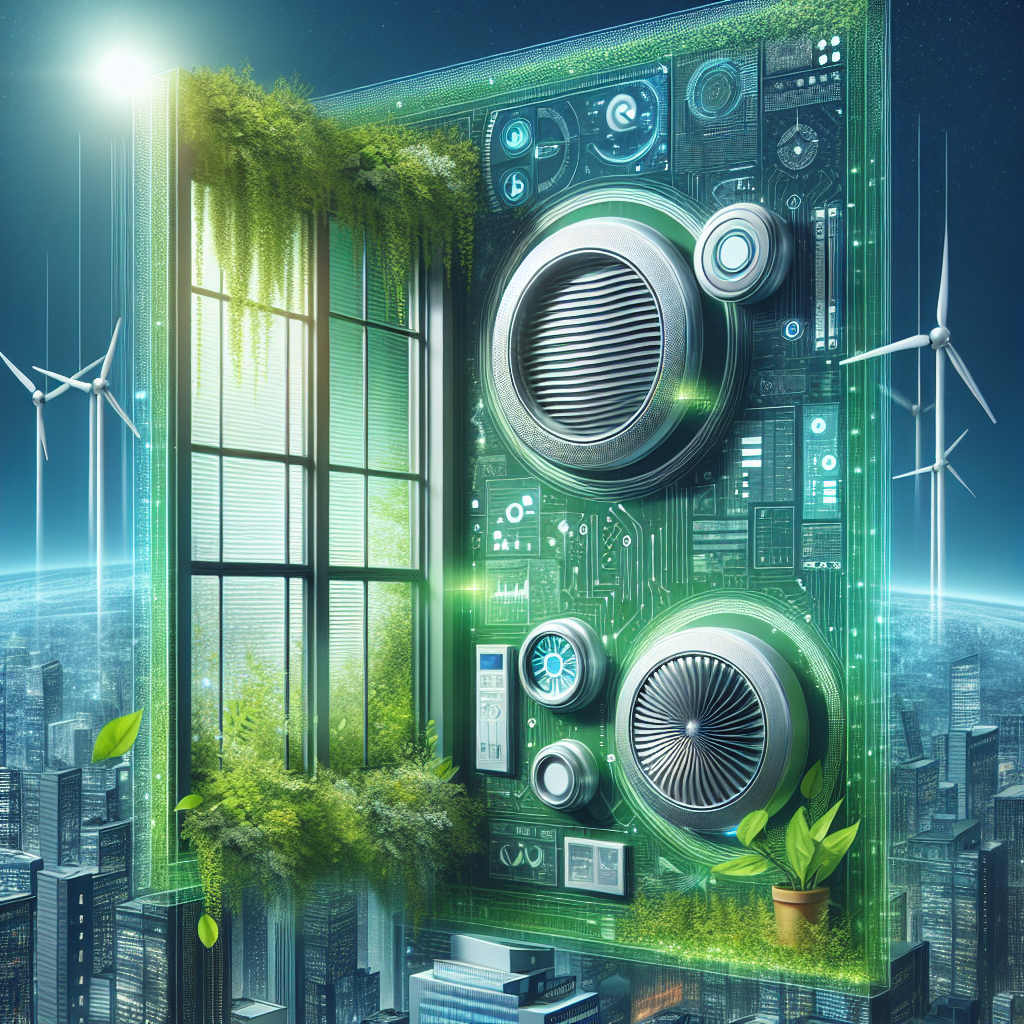Innovative Ventilation Technologies for a Greener Future
As the world continues to grapple with the effects of climate change, the need for more sustainable and environmentally-friendly solutions has never been more urgent. One area that is often overlooked but has a significant impact on both our health and the environment is ventilation technology. Traditional ventilation systems consume a considerable amount of energy and contribute to greenhouse gas emissions. However, there are innovative technologies emerging that can help us create a greener future.
One such technology is demand-controlled ventilation (DCV), which adjusts the amount of fresh air brought into a building based on the actual occupancy and indoor air quality. By only ventilating when necessary, DCV can significantly reduce energy consumption while maintaining a healthy indoor environment. This not only reduces carbon emissions but also saves money on heating and cooling costs.
Another promising technology is natural ventilation systems, which harness the power of nature to provide fresh air and regulate indoor temperatures. By strategically placing windows, vents, and other openings, natural ventilation can take advantage of prevailing winds and temperature differentials to create a comfortable and healthy indoor environment. This not only reduces the need for mechanical ventilation but also improves air quality and occupant comfort.
In recent years, the development of smart ventilation systems has revolutionized the way we think about indoor air quality. These systems use sensors and algorithms to continuously monitor and adjust ventilation rates based on factors such as occupancy, humidity, and pollutant levels. By optimizing ventilation in real-time, smart systems can ensure a healthy indoor environment while minimizing energy consumption.
Furthermore, advances in filtration technology have made it possible to remove harmful pollutants and allergens from indoor air, improving the health and well-being of building occupants. High-efficiency particulate air (HEPA) filters, activated carbon filters, and ultraviolet germicidal irradiation (UVGI) systems are just a few examples of the innovative filtration technologies available today.
In conclusion, innovative ventilation technologies hold great promise for creating a greener future. By reducing energy consumption, improving indoor air quality, and minimizing environmental impact, these technologies can help us build healthier and more sustainable buildings. As we continue to face the challenges of climate change, investing in green ventilation technologies is a crucial step towards a more sustainable future.


Leave a Reply